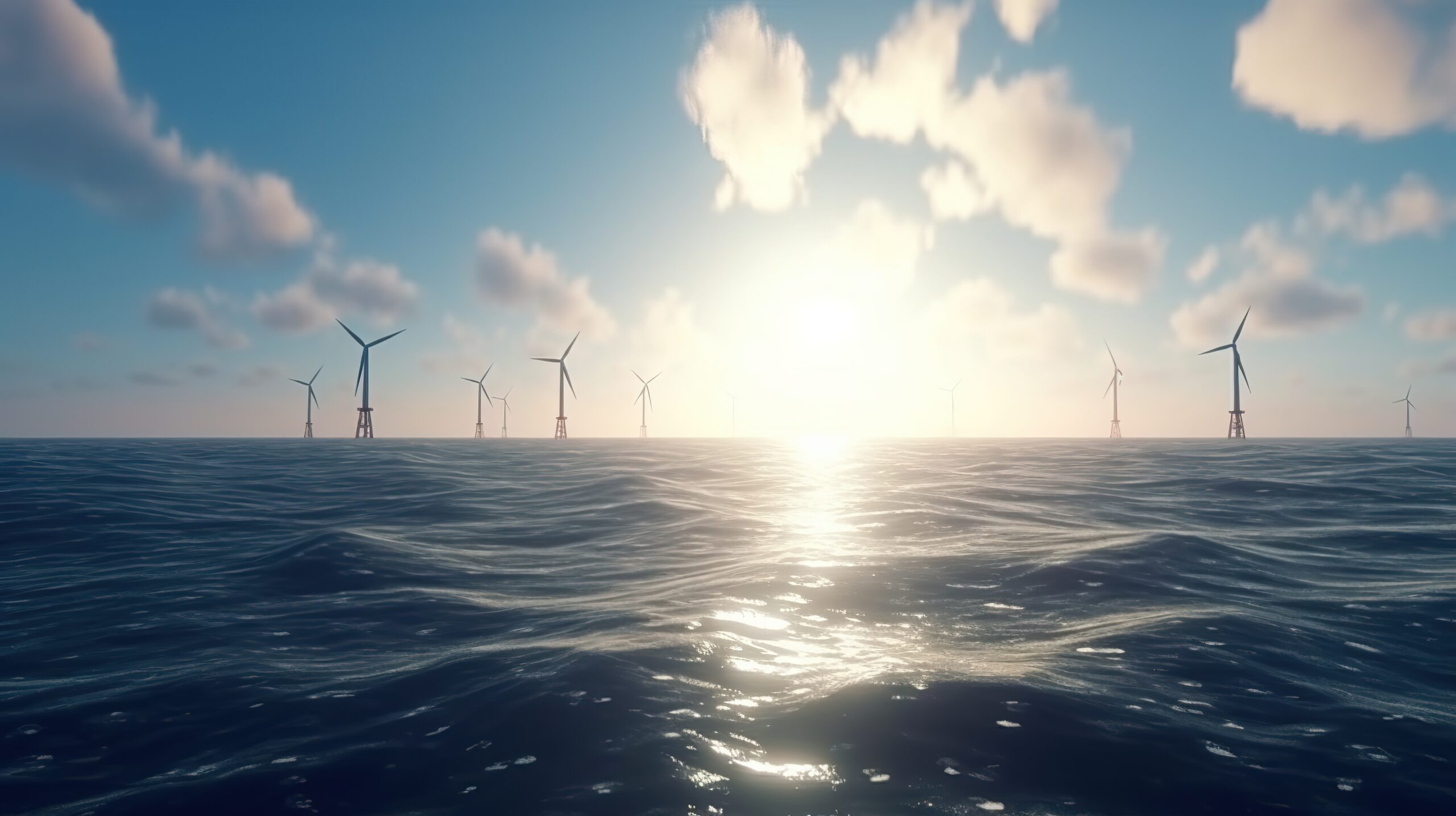A report from Global Energy Monitor reveals that there are projects on the table for renewable energy in Latin America that can generate up to 319 gigawatts of wind and solar energy. Brazil will be the leader of the region.
The transition to renewable energy in Latin America is gaining strength
The arrival of new Governments in Latin America and the Caribbean has given the impression that the energy transition discourse is gaining greater strength. According to a report published recently by the research organization Global Energy Monitor, projects that companies have already announced are considered; those that are in the pre-construction stage or are being built, the wind and solar capacity of the region will increase by more than 460% by 2030. By that date, about 319 gigawatts of solar and wind energy are anticipated to be produced. This is considering only solar parks that generate more than 20 megawatts and wind farms of more than 10 megawatts and is without considering the energy produced by hydroelectric plants.
Currently, these two types of energy – the report states – have an installed capacity of 69 gigawatts (27.6 solar and 41.5 wind. This figure is equivalent to a little more than 15% of renewable energy in Latin America. To reach 319 gigawatts, researchers note that several projects are already in process, including two largest-scale projects in each of these technologies. The first is the H2 Magallanes Wind Farm in Chile, which will generate up to 10 gigawatts and is expected to begin operating by 2027. “It is mainly intended for the production of green hydrogen,” the document states.
The second large project for renewable energy in Latin America, named Berço Das Gerais, is located in Brazil. Although no operational start-up date is yet defined, it would be the largest solar park in Latin America, with a capacity of 5.7 gigawatts. In fact, in Brazil, the largest offshore wind project in Latin America is also expected to come into operation: the Ventos Do Sul Offshore Wind Farm, operated by Ocean Winds and scheduled to begin operations before 2030.
Brazil is taking the lead
Brazil used to be like the rest of the other countries in Latin America and the Caribbean in that there was no renewable energy. Suddenly, the country is witnessing an explosion of projects that come together with conditions to generate renewable energies in the South American country, including the large territory on the nation’s coast. Brazil, in total, could have a capacity of 217 gigawatts between wind and solar by 2030, making it the leader in renewable energy in Latin America. Brazil is followed, according to current calculations, by Chile (38), Colombia (37), Peru (10) and Mexico (7).
Although Mexico appears on this list, the document also expresses that “the country’s large-scale wind and solar installations have decreased.” The report describes the North American country as “a leading leader in developing large-scale solar and wind energy in Latin America for many years with solid annual growth.” It can be noted that Mexico has been losing its position due to a series of policies and a government that has decided to prioritize other types of energy sources, including gas.
Renewables are not exempt from conflicts
Globally, the migration from fossil fuel-based energy to renewable energy has been seen as an excellent sign to mitigate climate change. However, this has also generated socio-environmental conflicts, displacements, and human rights violations. Latin America and the Caribbean have not avoided this problem. Every project should start with community participation and ensure that the communities where they are being installed are beneficial so that they are accepted. Otherwise, there will be local opposition.
The projects are often being developed in indigenous territory and perpetrating the errors of extractivism. Latin America is transitioning from fossil fuels and, at times, has not applied principles of environmental justice. Since 2020, protests in Latin America have focused on countering new forms of extractivism during the energy transition, with some areas with exceptionally high levels of wind resources, such as La Guajira in Colombia and Oaxaca in Mexico. These areas have been shaken by social movements that demand greater local participation in planning the processes and a more equitable distribution of the economic benefits associated with wind developments, according to the Global Energy Monitor report.


